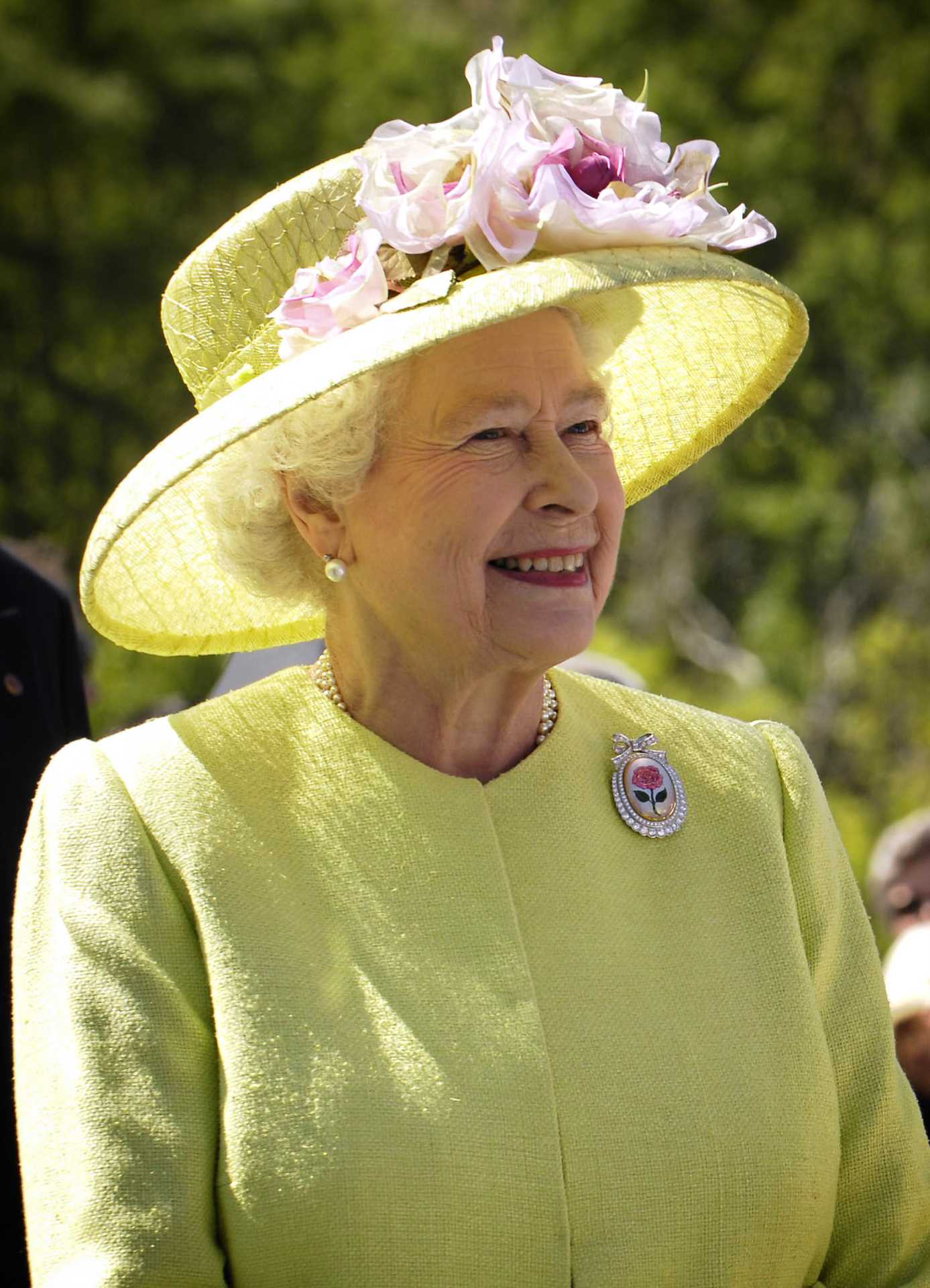
Date Published 21 April 2020
The Queen's two birthdays:
Why does she celebrate twice in April and June?
Every summer the Mall outside Buckingham Palace is filled with flag-waving, Union Jack-clad merry makers, all gathered to catch a glimpse of the Royal Family as they wave to crowds on the balcony for the Queen's birthday.
But as Elizabeth II wasn't actually born in June, why do the family celebrate her birth then, and will this year's celebrations go ahead? Here is everything you need to know about the Queen's 2 birthdays.
When is the Queen's birthday?
The Queen was born on April 21 1926; this year she will turn 94.
Her birthday is officially celebrated in June every year. This celebration, referred to as the Trooping the Colour – in 2020 it was set to take place on June 13.
This year, however, Buckingham Palace have announced that the event will not go ahead due to the coronavirus outbreak.
In a statement, the Palace said: "In line with Government advice, it has been agreed that The Queen's Birthday Parade, also known as Trooping the Colour, will not go ahead in its traditional form.
How does the Queen celebrate her birthday in April?
The Queen usually celebrates her real birthday in private with her family. While the fanfare is mostly saved for her official birthday in the summer, every year on April 21 there are several gun salutes in London at midday.
However, for the first time in her reign, it is thought, the Queen's birthday will this week pass without a customary gun salute, in line with her wishes that no 'special measures' are taken while the coronavirus pandemic continues.
A spokesman for Buckingham Palace said: 'Her Majesty was keen that no special measures were put in place to allow gun salutes as she did not feel it appropriate in the current circumstances."
What does 'Trooping the Colour' mean?
Acting as the personal bodyguards of the Queen, the Guards are one of the oldest regiments of the British Army. They have been a constant fixture of the monarchy since the English Civil War ended in 1660.
'Colours' were the regimental flags of the British Army which displayed the uniform colours and insignia of different units. They were designed to help troops quickly identify their unit on the battlefield and avoid confusion.
In order for troops to be familiar with their regiment's Colours, it was necessary to display them regularly. So, young officers would march in between the ranks of troops stood in lines holding the Colours high.
This is where the word 'trooping' comes from. The Colour of the troops refers to the historical colour-coding of British regiments worn on their uniforms and represented in each regiment's flag.
Why does the Queen have two birthdays?
Although the trooping of the colours was first performed for military purposes under King Charles II in the 1600s, the parade became an official part of the British calendar a century later.
It is a tradition that was started by George II in 1748 and it owes its origins to the ageless problem of the British weather.
George was born in November and felt the weather would be too cold at that time of year for a birthday parade. King George decided to combine his birthday celebration with an annual military parade.
It is a tradition that has continued to this day. All British sovereigns are given the option of having an 'official' birthday and, because the Queen's real birthday is on April 21, she chose to to hold her celebration in June each year.
When she first ascended the throne, the Queen chose to hold her Official Birthday on the second Thursday of June; this was the day her father, King George VI, chose to celebrate his official birthday.
However in 1959 the Queen decided her official birthday should be held two days later, on the second Saturday of June, instead – and it has been ever since.
What happens during Trooping the Colour?
Otherwise known as The Queen's Birthday Parade, the Queen inspects soldiers from the Household Division; it takes place on Horse Guards Parade, Whitehall.
The colourful display of pageantry features 1,400 officers and men on parade, 200 horses and 400 musicians from 10 bands. The Queen always attends and takes the salute.
According to the Household Division, 113 words of command are given by the Officer in Command of the parade and each year a different regiment's colours are trooped.
It begins when the Queen leaves Buckingham Palace in a carriage, accompanied by a Sovereign's escort from the Household Cavalry Mounted Regiment at 10am.
She used to arrive riding side-saddle on a horse, wearing the uniform of the regiment being trooped; however since 1987 she has arrived by carriage.
She arrives at Horse Guards Parade to take the Royal salute from the officers and men on parade at 11am and then carries out an inspection of the troops wearing the ceremonial uniform of red tunics and bearskin hats.
The Regimental Colour (flag) being trooped is then carried down the ranks following music by the bands.
Once the soldiers have marched past the Queen, she returns to Buckingham Palace for a second salute.
There, she is joined by members of the Royal Family on the balcony of the palace. Following this, a 41-gun salute is conducted in Green Park.
The Queen has taken the salute at every parade since her accession to the throne 68 years ago, except in 1955 when there was a national rail strike.
However, in line with Government advice, it has been agreed that this year's celebrations will not go ahead in its traditional form due to the coronavirus pandemic.
Happy Birthday to our wonderful Queen Elizabeth.